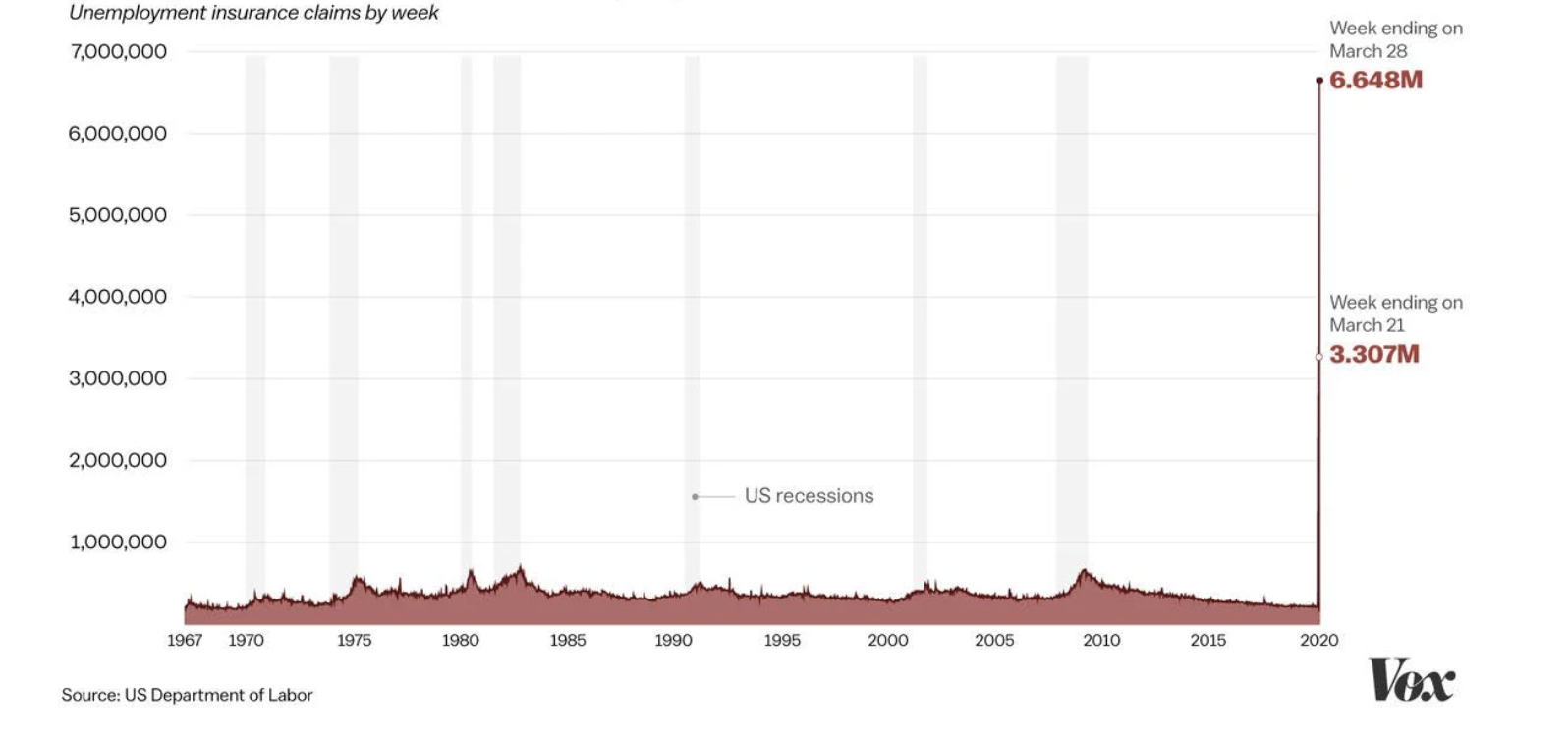Cut Where Necessary, But Don’t Cut Muscle
Companies worldwide are making massive job cuts in the face of unprecedented economic uncertainty. In the U.S. alone, jobless claims have exceeded 20 million in just four weeks, a level of unemployment not seen since the Great Depression.
Absent new information, businesses are pursuing a gut strategy – make big cost cuts to preserve cash and thus options. In many ways, that reaction is understandable. Essentially, their key tools like Business Intelligence (BI), Artificial Intelligence (AI) and strategic planning have all stopped working and all they have left is to rely on gut instincts.
BI just looks at the past, and in the current business climate, the past looks nothing like the present. Traditional AI relies on data alone, but the data is completely out of date. The response by conventional AI providers is to wait for new data to come in, then do a heavy-lift model retraining, and then keep retraining models until a new normal takes hold. But businesses can’t afford to wait for a new normal, because that could take years. Finally, annual plans and quarterly reviews now seem almost quaint when businesses can’t see what will happen in a month.
Unprecedented Rise in Unemployment

Source: https://bit.ly/Unemployment_Rate_Claims
While this rush to cut costs based on gut instinct is understandable, that way of thinking is potentially counterproductive and even dangerous. When businesses make big across-the-board cuts, they usually have no idea whether they’re cutting fat or muscle. If you’re cutting muscle, it will take you a very long time to rebuild that muscle. Rather than increasing your options, you’ve significantly reduced them and destroyed value. Businesses that make indiscriminate cost cuts aren’t riding the economic curve, the curve is riding them.
To navigate these times of economic uncertainty effectively,
businesses need to face three key challenges:
-
How can I formulate a coherent business strategy when my data is completely out of date and every one of my key executives has different expectations about the future?
-
Once I come up with a strategy, how do I ensure that it’s adopted by the entire organization, while at the same time, preserve strategic options?
-
How do I take feedback at scale and also adjust quickly when business conditions are constantly changing?
These are precisely the challenges that Aible’s award-winning technology helps businesses to overcome, even in uncertain times. In fact, especially in uncertain times. Aible resolves the operative dilemmas that currently confront businesses by enabling them to achieve apparently contradictory goals. Here’s the Aible approach.
First: Consider many possibilities to take decisions quickly.
Aible lets you try out dozens or even hundreds of scenarios to see how different assumptions would impact the business. Aible then creates a portfolio of AI models that would be optimal in each of those scenarios (plus thousands of other scenarios that haven’t been manually considered), and deploys the models automatically. At every step, the process preserves optionality. You aren’t locked into testing just a few scenarios or deploying a single model.
Second: Operationalize at scale while preserving optionality.
Aible enables you to operationalize your strategy at scale by embedding predictions in the business applications people use every day, such as Salesforce and Tableau. Aible advises users what to do at the moment of taking a decision based on the agreed-upon strategy, while keeping the organization’s options open. End users can change the aggressiveness of their model according to their unique needs, and those adjustments are provided as feedback to the organization at large. The organization can also update the aggressiveness of the model as new business realities are revealed, and the recommendations provided to end users are immediately adjusted as a result. In this way, strategy is pushed out to the organization and operationalized at scale, while preserving flexibility in the face of changing business conditions.
Third: Take feedback at scale to react quickly to change.
Aible learns from every prediction it makes, and also from how end users react to predictions in order to adjust the AI as business conditions change. End users are empowered to give feedback about which models they like and which ones don’t align with the business circumstances they’re seeing on the frontlines. They also have a say in how aggressive or how conservative a model should be to fit their individual business realities. That end-user feedback is in turn transmitted to management to create a collaborative feedback loop.
In this way, Aible enables organizations to align on strategies while still having the ability to react and adjust to new business realities. Optionality is preserved throughout the AI process. And most importantly in the current economic climate, Aible helps you optimize your resourcing levels without unnecessarily firing valuable people and putting your company at risk. You’re making rational cost-cutting decisions, not simply being reactive. You may well have to make cost cuts, but you’ll do so optimally so you don’t cut muscle. To see this process in action, view this five-minute video of how a sales manager can save jobs while optimizing profits in the face of uncertainty: https://bit.ly/aibledemo
Aible is built on the belief that human knowledge and AI working together are far superior to either one acting alone. In the face of major economic uncertainty, humans alone are likely to pull one big lever, make big cuts across the board and hope for the best. Humans don’t have the capacity to consider thousands of competing factors. On the other hand, AI alone can’t make informed predictions and recommendations in a sudden downturn because it’s dealing with completely out-of-date information. But when humans are empowered to combine adjustments in business assumptions with what the AI has learned, it creates a powerful augmented intelligence engine for informed decision making. And in turbulent times, making smart data-driven business decisions is more important than ever.


